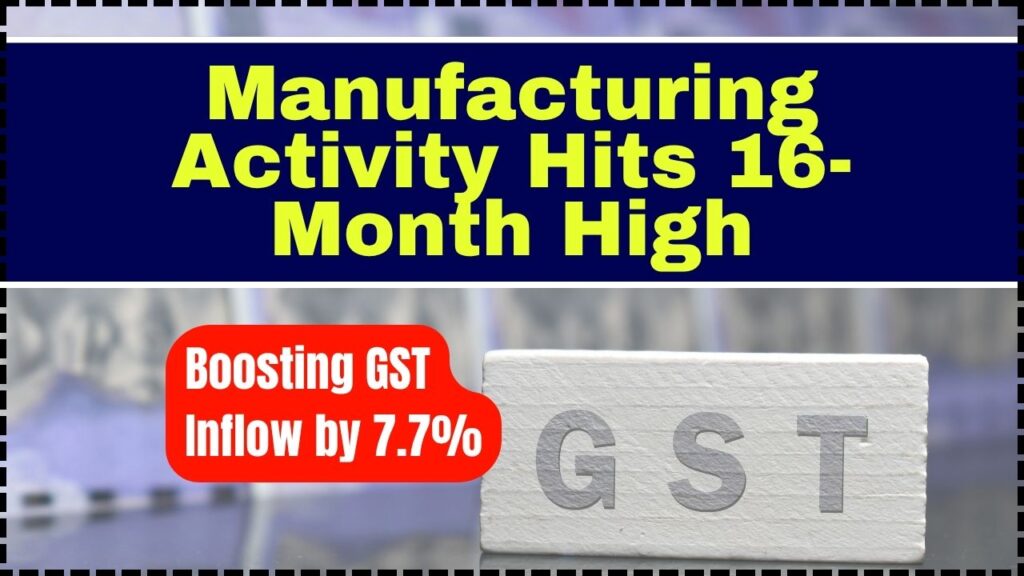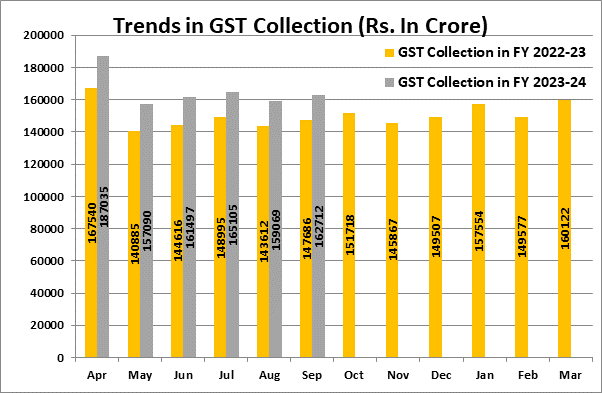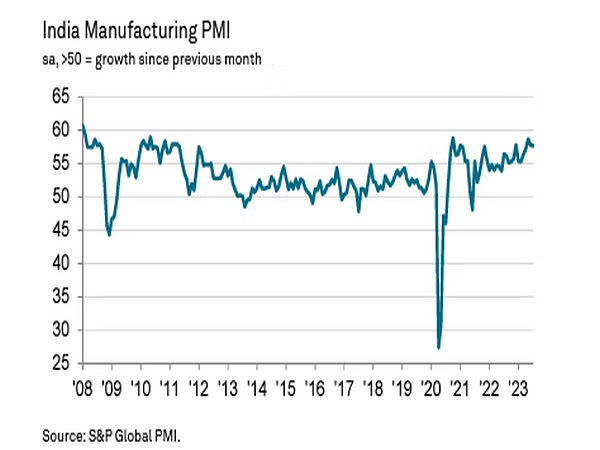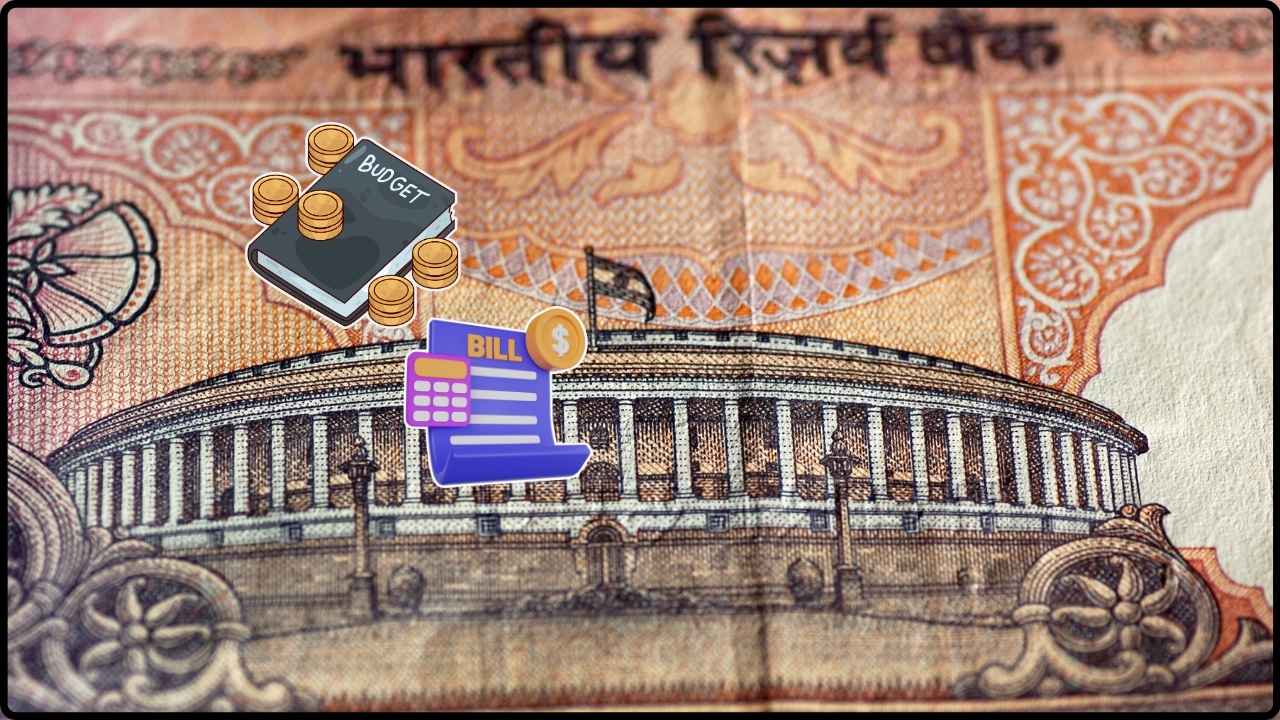
Manufacturing Activity Soars to 16-Month High: In a wave of good news for the Indian economy, manufacturing activity has surged to a 16-month high, sending the Goods and Services Tax (GST) collections up by an impressive 7.7%. This remarkable performance, coming at a time when many economies are facing challenges, offers a glimpse of India’s resilience in the global marketplace. But how did it all happen? And what does it mean for businesses and the broader economy? In this article, we’ll break down the significance of the soaring manufacturing activity, the rising GST inflows, and what this all means for you as a consumer, a business owner, or someone interested in the economy.
Manufacturing Activity Soars to 16-Month High
India’s manufacturing sector is experiencing a golden period, with activity reaching a 16-month high. This is bolstered by strong domestic and export demand, along with a rise in GST collections. While there are some concerns about inflation and competition, the overall economic outlook remains positive. For businesses, this is a great opportunity to expand operations, tap into export markets, and ensure compliance with GST systems to maximize profits. As the economy continues to grow, now is the time to take action and capitalize on these trends to ensure long-term success.
| Key Data | Details |
|---|---|
| Manufacturing PMI | Increased to 59.1 in July 2025, the highest in 16 months. |
| GST Collections | ₹1.96 lakh crore in July 2025, a 7.7% increase YoY. |
| Business Confidence | Drop in confidence but still a resilient outlook. |
| Exports | Exports continue to support sales, despite slower growth. |
| Inflation | Rising inflation concerns, but not impeding growth. |
| India’s Growth Rate | Overall economic growth is stable, despite external challenges. |
| Source | Reuters, LiveMint |
Manufacturing Activity at 16-Month High: What Does This Mean?
India’s manufacturing sector has been buzzing with activity lately. In July 2025, the HSBC India Manufacturing Purchasing Managers’ Index (PMI) surged to a whopping 59.1, marking the highest level seen in 16 months. This index is a reliable measure of factory activity in India, with scores above 50 indicating expansion. So, a PMI of 59.1 is a clear sign that India’s manufacturing sector is thriving!
But what is driving this growth?
The Key Drivers Behind Manufacturing Growth
Strong Domestic Demand: The Indian economy has seen a significant increase in domestic orders. With growing consumer spending, many factories are busy producing goods for local markets. This has been one of the driving forces behind the surge in manufacturing.
Global Demand for Indian Products: India’s exports have also been a big contributor. While export growth slowed down slightly in July, it remains strong overall. Products like textiles, pharmaceuticals, and chemicals are in high demand globally, especially as countries look for reliable suppliers.
New Orders and Output: Factories are receiving more new orders than they’ve seen in years. This has led to a boost in production and manufacturing output. In fact, new orders surged at their fastest pace in almost five years. This signals strong future prospects for the sector.
Example in Action: India’s Textile Industry
A clear example is the textile industry, one of India’s largest manufacturing sectors. With increasing demand from countries like the United States and European Union, Indian textile factories have been operating at full capacity. The surge in demand for both high-quality fabrics and affordable textiles has given India a competitive edge globally.

The GST Inflows: What’s Driving the Manufacturing Activity Soars to 16-Month High?
GST collections for July 2025 stood at an impressive ₹1.96 lakh crore, marking a 7.7% increase year-on-year. This uptick can be attributed to a few factors, all of which have practical implications for businesses and consumers alike.
Key Factors Behind the Rise in GST Collections
Higher Domestic Consumption: A large chunk of GST revenue comes from domestic consumption. With more people buying goods and services, the tax revenue has naturally increased. This is a clear indicator that consumer confidence in India is strong, even in the face of global economic uncertainty.
Better Tax Compliance: The government’s push for digitization and better tax compliance has paid off. With more businesses now using online platforms to report and pay their taxes, the government has been able to capture a larger portion of transactions.
Increase in Imports: The increase in import GST—which rose by 9.5%—reflects higher demand for foreign goods. This is a sign that businesses in India are continuing to import goods that are needed for manufacturing or consumer use.
The Broader Economic Implications
These developments highlight a few things for the broader economy. Firstly, businesses can expect more stability in the coming months. Even with geopolitical tensions affecting global trade, India’s strong domestic market and export capabilities continue to provide a solid foundation.
Secondly, consumer confidence remains relatively high. While there are concerns over rising inflation and competition, the overall economic outlook remains positive.

Government Initiatives Supporting Growth
Production Linked Incentive (PLI) Scheme
One of the key drivers behind India’s manufacturing growth is the Production Linked Incentive (PLI) Scheme. Launched in 2020, the PLI scheme aims to boost domestic manufacturing in sectors such as electronics, automobiles, textiles, and pharmaceuticals. It offers financial incentives to companies that increase production within India, making the country an even more attractive destination for investment.
Make in India Initiative
Launched in 2014, Make in India continues to play a significant role in bolstering India’s manufacturing capabilities. By focusing on improving infrastructure and simplifying business regulations, the government has helped attract both foreign and domestic companies to establish manufacturing facilities in India.
What Does This Mean for Your Business?
If you’re a business owner, especially in manufacturing or retail, this news could be highly beneficial. Here’s why:
1. Increased Demand for Goods
With manufacturing on the rise and GST inflows growing, demand for goods is expected to continue. If you’re in a sector linked to manufacturing or supply chains, this is a good time to expand your operations or invest in your workforce to meet growing demand.
2. More Business Opportunities in Exports
If you’re considering exporting goods, India’s rising status as a manufacturing hub could provide you with the perfect opportunity to tap into international markets. With industries like textiles, electronics, and chemicals booming, there’s plenty of room for expansion.
3. Better Tax Compliance Opportunities
With improved GST collection systems, businesses that are compliant with tax laws are likely to face fewer hurdles. If you haven’t already, now is the time to digitize your operations and integrate GST-compliant systems into your business to ensure smooth operations.

Challenges and Risks Ahead
While the manufacturing sector is doing well, there are a few risks to watch out for:
Inflation and Rising Costs
Rising inflation in India has led to higher costs of raw materials, which could impact manufacturing profitability. Businesses will need to keep a close eye on input costs and look for ways to maintain efficiency to protect margins.
Geopolitical Uncertainty
While India is experiencing manufacturing growth, geopolitical tensions—particularly with neighboring countries—could still pose a threat to trade flows and stability. It’s crucial for businesses to diversify supply chains to mitigate risks.
The Role of Technology and Automation in Manufacturing Growth
As manufacturing activity grows, the integration of advanced technology becomes more important. Automation, artificial intelligence (AI), and robotics are increasingly playing a role in improving efficiency and reducing labor costs. This technological shift is part of the broader Industry 4.0 revolution, making Indian manufacturing even more competitive on the global stage.
Sector-Specific Insights
Automotive Industry
India’s automotive sector is another major player benefiting from this growth. With the rise of electric vehicles (EVs), Indian manufacturers are expanding their production capabilities to meet both domestic and international demand for sustainable transport solutions.
Pharmaceuticals
India continues to be the pharmacy of the world, with strong growth in the pharmaceutical sector. Indian-made medicines are in high demand globally, and as the sector continues to evolve, India’s role as a leader in generic drug manufacturing is solidified.
GST Fraud on the Rise: Towed Vehicles and Issued E-Way Bills—What the Authorities Are Hiding!
GST Collections for July 2025: You Won’t Believe Which State Tops the List!
Massive ₹62 Crore GST Evasion Scam Uncovered in Ludhiana—Two Arrested in Major Tax Fraud Bust!










